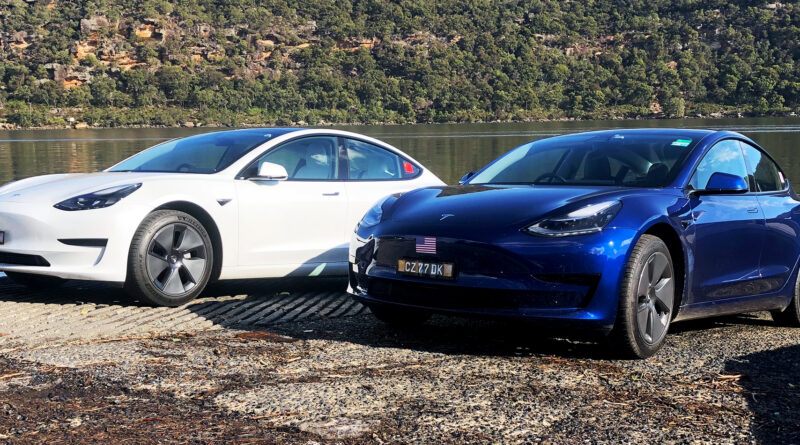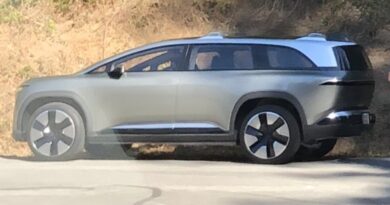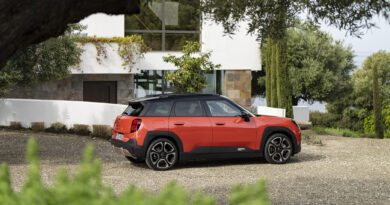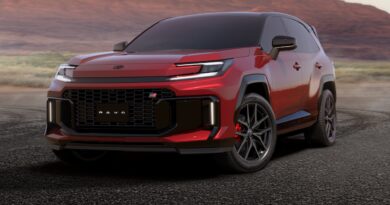Tesla Model 3 Rear-Wheel Drive now $1000 more expensive as waiting lists stretch
The most affordable Tesla on the market and the top-selling EV in Australia is now about 1.6 percent more expensive.
The Tesla Model 3 Rear-Wheel Drive – a car formerly known as the Model 3 Standard Range Plus – has had an overnight list price increase from $59,900 to $60,900, in turn raising the drive-away price to $65,929 in NSW, $66,235 in Victoria and $64,604 in Queensland.
At those prices it still benefits from $3000 electric car rebates available in NSW, Victoria and South Australia as well as a stamp duty exemption in NSW.
The price increases is the second for the entry-level Model 3 in months – following a $200 price increase introduced late last year – and the most significant in more than 18 months, following a string of sizeable price reductions that kicked off in the second half of 2020.
It now means one of the Tesla Model 3 Rear-Wheel Drive’s main rivals – the recently-arrived Polestar 2 – has a price advantage. The list price for the Polestar 2 identically matched the entry-level Model 3.
It also inches the base Tesla closer to the Kia EV6 and Hyundai Ioniq 5 that have huge waiting lists due to limited supply.
READ MORE: Tesla Model 3 price rise, longer wait times ahead of Model Y arrival
READ MORE: Tesla Model 3 updated for November 2021: longer range but slower 0-100km/h time
FULL REVIEW: Tesla Model 3
READ MORE: Everything you need to know about the most affordable Tesla Model 3
WANT TO SAVE MONEY ON AN EV? Complete guide to rebates, discounts and incentives when buying an electric car
Prices for the more expensive Model 3 Long Range and Model 3 Performance are unchanged, at $73,200 and $84,900 respectively before on-road costs.
Buyers are also having to wait longer than ever for the Model 3 due to its increased popularity; in 2021 it was by far the top-selling prestige car in the country, outselling the top-selling luxury cars from Audi, BMW and Mercedes-Benz by about three-to-one.
In December 2021 Tesla increased the wait times for a Model 3 to “14-20 weeks”, which was well up on the “1-3 weeks” from a couple of months earlier. In February 2022 Tesla increased that anticipated waiting time for the Model 3 to “5-7 months”, or between 21 and 30 weeks.
It’s unclear whether demand for the Model 3 – which is now cheaper than its prime luxury rivals – has delayed the Australian arrival of the Tesla Model Y, which was expected on sale by now.
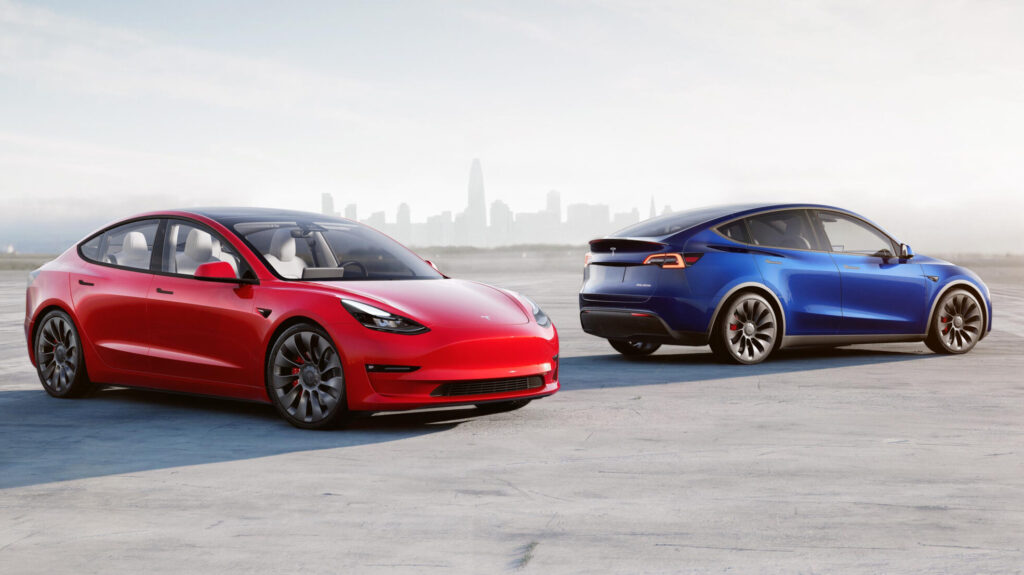
The Model 3 went on sale in Australia in August 2019 with a list price of $66,000 before on-road and dealer costs.
By mid-2020 it had increased in price more than 12 percent to $73,900, making it close to $80K drive-away.
But those lofty prices were short-lived and by October 2020 the Model 3 has dropped to $66,900 before hitting its lowest level of $59,900 in July 2021 following the introduction of the Chinese-sourced cars early in 2021 (the first Model 3s sold here were sourced from the United States).
EXCLUSIVE: Teslas made in China versus the USA: What’s the difference? The ultimate Model 3 SR+ comparison test
Late last year Tesla increased the price of the newly-named Model 3 Rear-Wheel Drive and the fastest and most expensive Model 3 Performance by adding $200 to the order fee. The mid-grade Model 3 Long Range was effectively spared that $200 increase because it had its list price reduced by $200 at the same time.
The latest $1000 price increase to the M3 Rear-Wheel Drive also means about $50 more in stamp duty, depending on where the car is being registered.
The car itself doesn’t appear to have changed (we’ve asked Tesla for confirmation) following the minor update to the entry-level Model 3 Rear-Wheel Drive late in 2021. That update added a heated steering wheel and heated rear seats to the list of standard equipment that already includes a panoramic sunroof, heated front seats, wireless phone charging and a 15-inch central touchscreen that doubles as the instrument cluster.
Claimed WLTP range is still 491km and the car accelerates slightly slower to 100km/h than the Standard Range Plus, taking a claimed 6.1 seconds to reach 100km/h.

